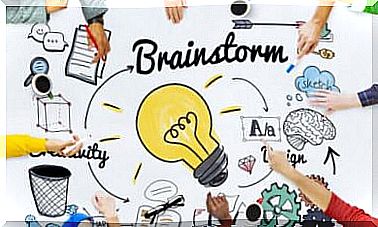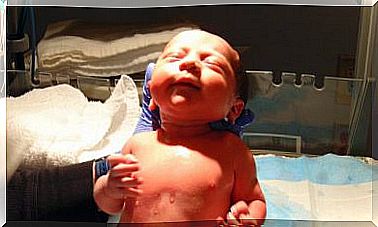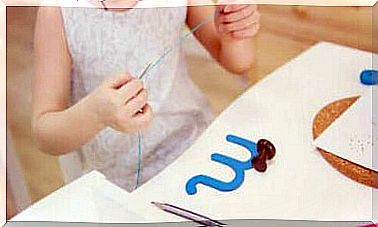Learn How Children Learn To Read And Write
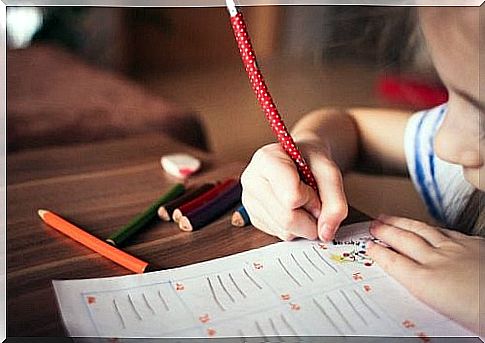
For children, learning to read and write is a complex thought-building process.
From an early age, children try to read posters they see on the street, product packaging and news headlines. Also, with great effort, they try to write their name accompanied perhaps by a drawing made by themselves. All this activity involves a great cognitive effort.
Normally, from the age of 3 onwards, it is possible to start building the learning process of reading and writing.
However, this age is relative, it depends on the development of each child. At this stage, your baby will work on skills prior to the reading and writing process itself, which are dedicated to favoring their subsequent mastery and learning.
The literacy process itself is acquired at around 6 years of age. But it is important to start working on previous skills, from the age of 3, and pay special attention when acquiring this skill, which starts to be developed between the ages of 5 or 6 years. This process will develop over years and will be linked to the development of the children’s maturity.
Little by little your children will learn that each letter has its own sound. A very broad discovery for children when we consider that more than 26 letters make up our alphabet. Therefore, it is a great satisfaction for them to write and recognize the letters of their own name.
Being able to tell or read a story to a child before bedtime, make up stories while driving around in a car, guess letters or recognize words on street signs are ways of introducing the child to the shared reading method.
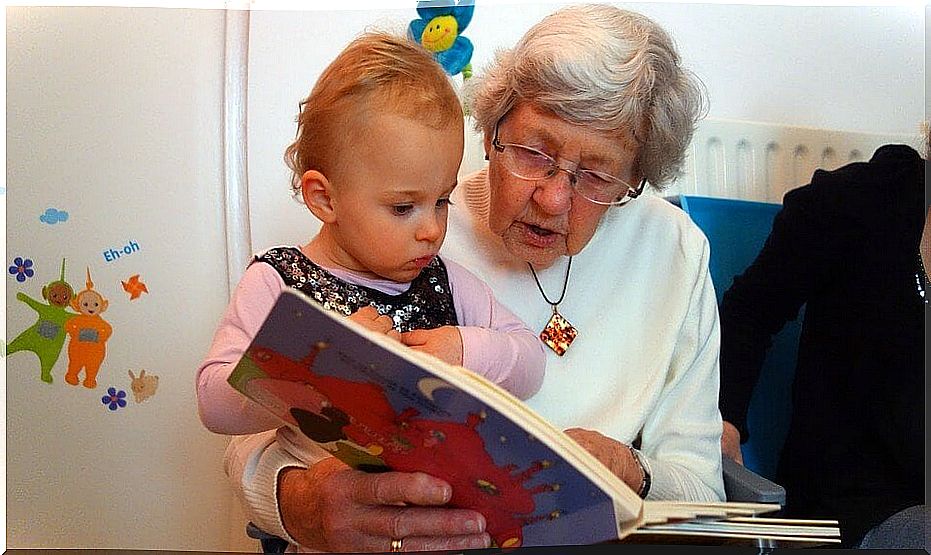
Learning to read and write is a complex process.
Reading and writing are not merely the sum of perceptual and motor skills. It also involves an active search for senses and knowledge typical of children from 3 years of age onwards.
On the other hand, some children take longer than others to be able to create and understand the writing appropriation process. Thus, there is no need to despair or pressure them. All children learn, each at their own pace. The speed of this process, therefore, does not affect your level of intelligence or ability to learn.
It is likely that in the first approaches to writing, children make mistakes in spelling, do not leave spaces between one word and another, invert syllables, among many other things that even become fun for adults.
These “errors” are part of the writing construction process. A process that, as adults, we have to follow and help so that children understand it as easily and calmly as possible.
Learning to read and write is closely linked to language development and learning. Before starting with these processes, the little ones must have acquired the spoken language and make an average use of it.
There are some prior skills in children that we must know and take into account for their learning to read and write. These are:
Space Orientation
This skill is critical to writing. It is the essential mechanism for learning letter orders. In our case, written from left to right and top to bottom.
Adequate laterality
Before starting to write, children have to have their laterality defined, that is, whether they are left-handed or right-handed.
Fine Psychomotricity
Learning to write requires manual control to hold the pencil and apply the proper pressure to stroke the letters.
visual-motor coordination
Children have to master the coordination produced between their vision and their motor skills. The hand movements and the strokes they make must respond to what the eye perceives.
Discrimination and auditory memory
It is essential that the little ones remember the sounds they hear in order to transform them into specific letters.
Phonological awareness and discrimination
The little ones must be aware that each sound corresponds to a graphic expression and must be able to differentiate one sound from another.
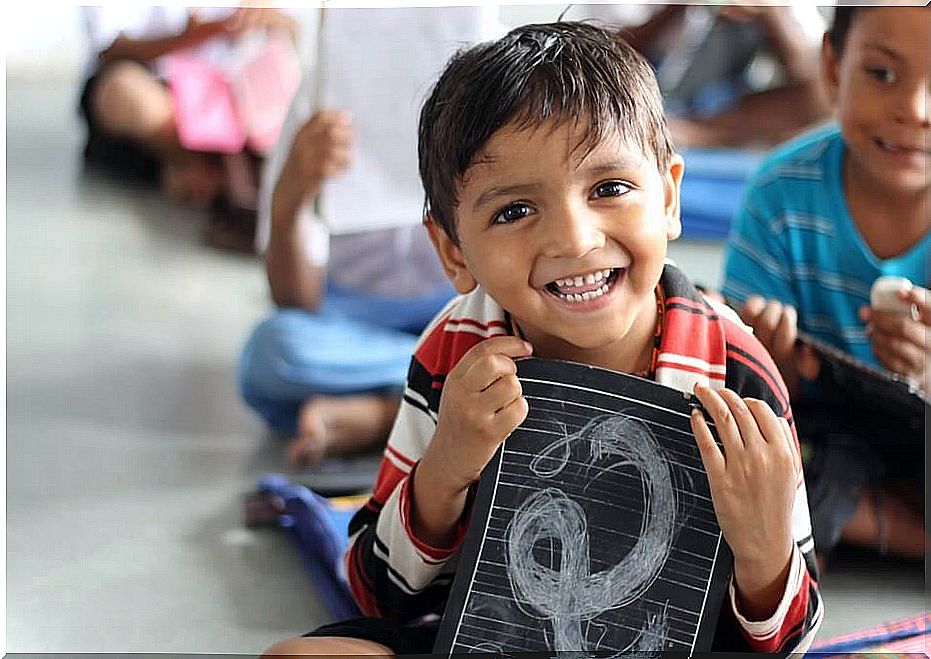
Language
Mastery of spoken language is essential for learning written language.
Understanding syntactic orders and structures
In learning these processes, children must have the ability to understand the different orders, both of letters and words. The same letters ordered differently give way to different words or no words at all. And the words to convey a meaningful message must follow a concrete order.
understanding what one reads
It is not enough just to know the different sounds and know the word we see written. It is important for the child to understand the message they are reading. The development of concentration is very important to achieve this.
writing planning
To start writing, it is common that the difficulty of how to order the ideas appears. We must train the little ones so that, before they start expressing themselves, they have the ability to plan what they want to put in writing.
After knowing a little of what are some of the skills that the child needs to learn to go through the literacy phase, we may be a little surprised, as we realize that the task is not at all simple, even more so for a child.
However, despite this degree of difficulty, all children have the ability to learn to read and write. Therefore, the importance of encouraging them whenever we can, since this learning will open the doors to the world of knowledge, development and free thinking.

